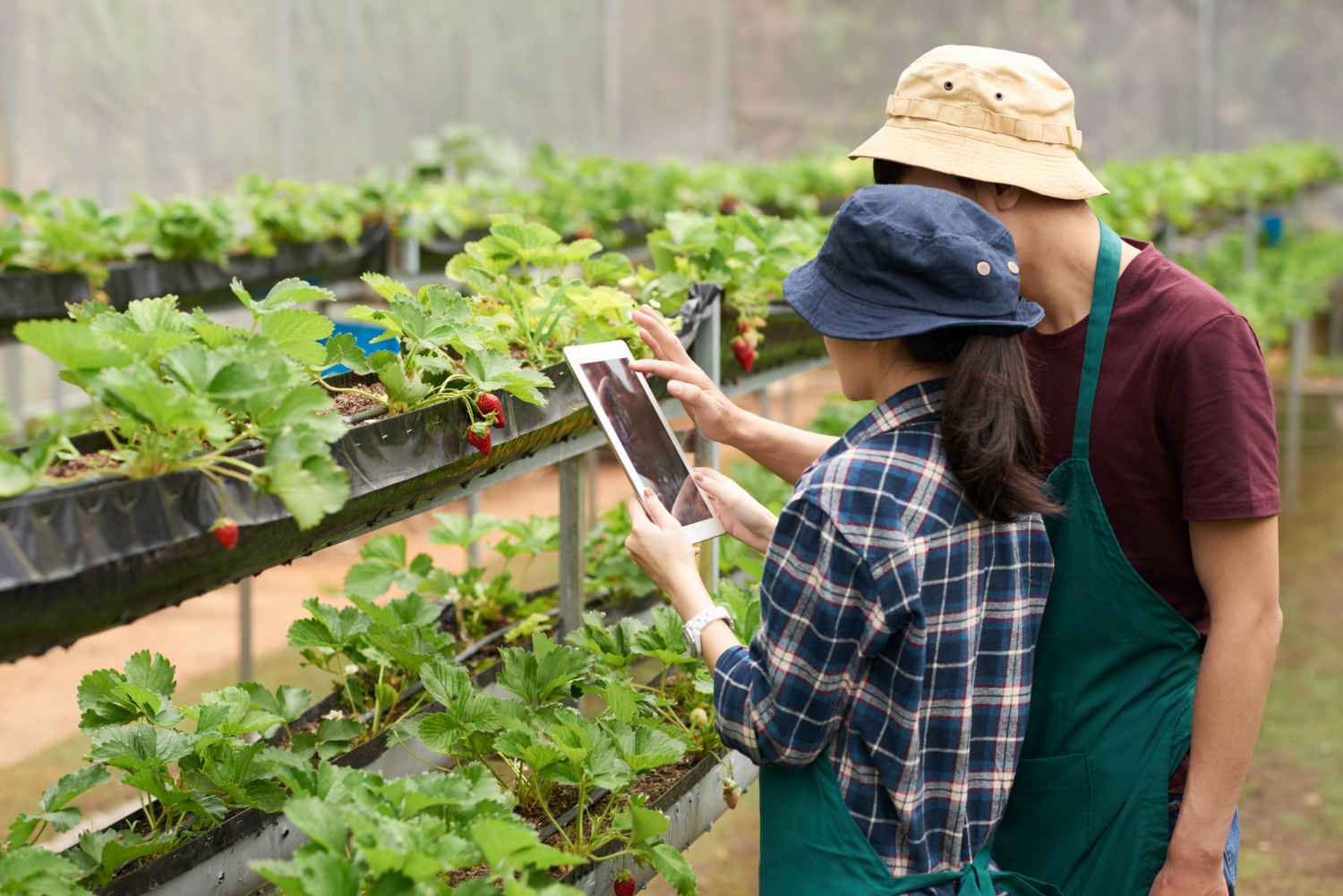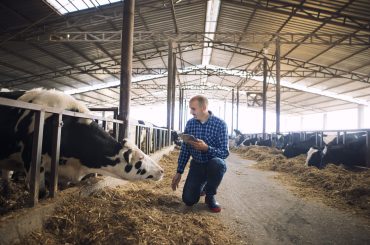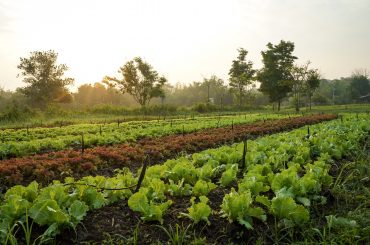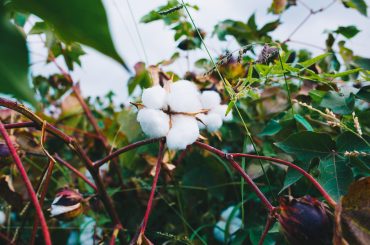Are you a farming or gardening enthusiast? Do you need pointers on how to add greenery to a small space? Vertical farming is the future of modern agriculture and technology is a revolutionary mode of farming where crops are planted on an inclined surface – almost vertical areas. The conventional farming techniques have been working out just fine for people. However, Vertical farming for modern agriculture and technology provides an organized structure by using well-integrated stacked up layers of plants like shipping containers or skyscrapers.
Vertical farming enables indoor farming by controlling the temperature, regulating the light, and controlling the gases that are similar to greenhouse farming in nature. Vertical farming optimizes the farming process by maximizing the output crop yield. It facilitates farming within a small or cramped space.
Contrary to the traditional farming practice of planting vegetables and other foods on a single level in a field, vertical farming involves planting crops on a vertically inclined surface with controlled factors that maximize crop yield. The four critical elements that affect the success of vertical farming are physical layout, lighting, growing medium, and sustainability conditions.
Vertical farming aims to increase production per square meter with the help of technological tools such as stacking layers in a tower-like structure, using natural and artificial lights to facilitate growth, and using rotatory beds to ensure equal distribution of light. Aeroponic, hydroponic, or aquaponic mediums are used instead of the plain old soil. The usage of non-soil mediums such as peat moss or coconut husk is a common practice in vertical farming. Vertical farming reduces the use of water up to 95% using sustainable features to offset costs.
Advantages of Vertical Farming
There are numerous advantages of Vertical farming and the future of modern agriculture and technology, such as:
Production Consistency
Vertical farming provides reliability by ensuring a constant flow of crop output throughout the year. Vertical modern agriculture or natural farming is not dependent on natural weather conditions. This allows you to plant crops without having to deal with crop failure due to inclement weather.
Vertical farming sets the foundation to avail repetitive crop production without any difficulty. The controlled environment eliminates the natural factors that are responsible for crop failure and losses endured by farmers. It reduces the total harvest time, increasing the overall yield volume without compromising the quality of the crop. If guidelines are followed when practicing vertical farming, the taste profile and shelf life remain unchanged when the crop is produced using this farming method.
Saves Space
Conventional forms of farming require acres of fertile land. Add environmental factors, human resources, and accidental risks to it, and you have an unstable and inconsistent farming practice that requires more time and energy covering the vast farming spaces. Vertical farming, on the other hand, does not have spatial prerequisites. You get to design and build your vertical farm irrespective of the geological condition, topography, and weather conditions.
Since vertical farming involves planting crops in a stacked-up manner that towers in a specially designed and controlled environment, it ensures increased productivity even in a small piece of land.
Saves Water
Vertical farming uses a hydroponic process that involves only 10% of water throughout the entire farming process. This farming method uses low levels of fertilizers which keep the water clean. This water can be recirculated within the vertical farming structure, reducing waste and total costs.
Lowered Staff Costs
Vertical farming uses less space and hence requires a small staff. Vertical farming takes place in a technologically automated environment which reduces the need for a large team. The farming process doesn’t require specialized skills enabling the employment of low-skilled people. Employing locals reduces the total cost of labor tremendously and makes it a cheaper and more efficient way of farming. Reduced staff eliminates any potential additional costs helping you to enjoy your yield without any stress or managerial problems involved.
Excludes Chemicals or Pesticides
Since Vertical farming heavily relies on planting crops in a controlled environment, it reduces the need to invest in pesticides since the pest already has little to no room to enter and damage the crop. The chances of infection among the product are reduced due to the lack of pests and moisture. Reducing the use of pesticides makes your product healthier and safer to eat.
Disadvantages of Vertical Farming
Like every good thing, Vertical Farming comes with its own set of problems. The limitations of vertical farming are as follows:
Pollination Problem
Vertical farming is done in an indoor setting with a controlled environment that prevents entry or arrival of insects. It eliminates the pollination process and requires manual crop pollination. Hand pollen is known to be very strong and stubborn, which results in an increased total cost factor.
Technological Dependence
While technological advancements always increase efficiency and reduce total costs, vertical farming has a complete dependency on automated technology that ranges from controlling lighting to maintaining temperature, humidity control, and much more. A single issue regarding the technology involved in vertical farming can hinder the process and result in loss. Losing power for a single day can lead to losing more than a day’s worth of produce.




